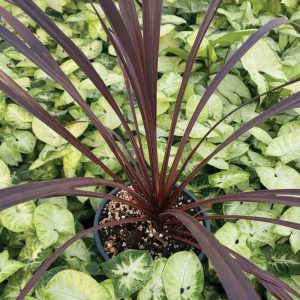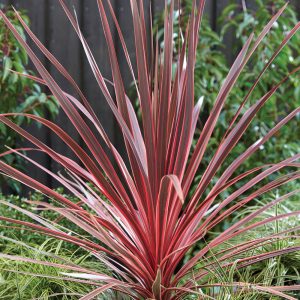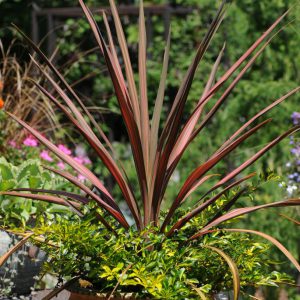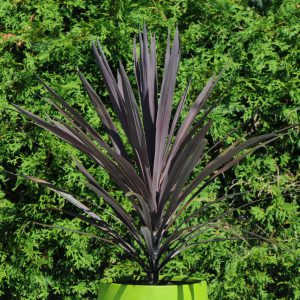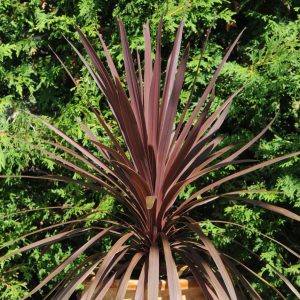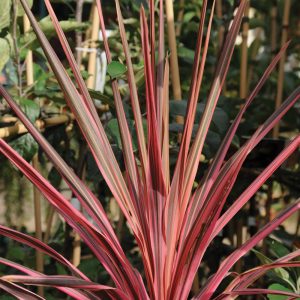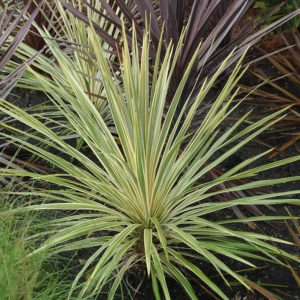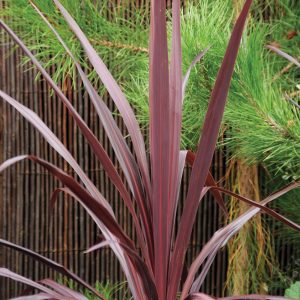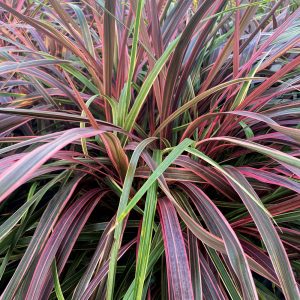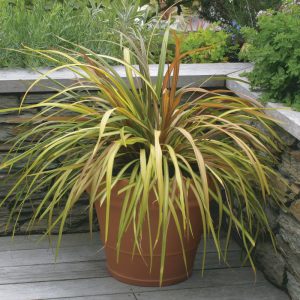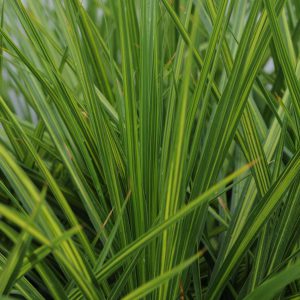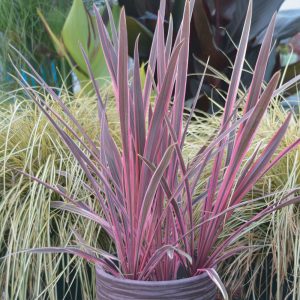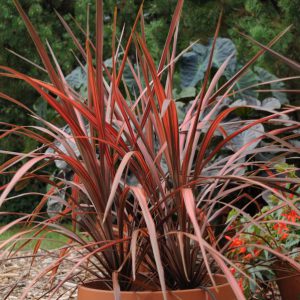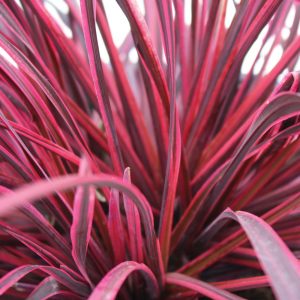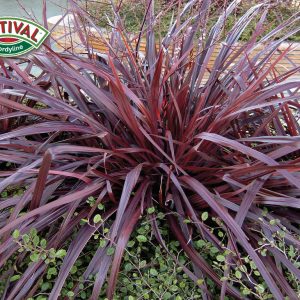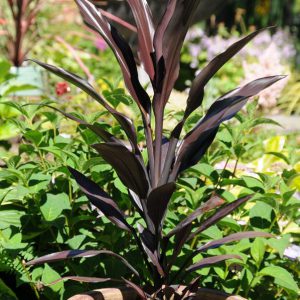Cordyline
The genus Cordyline has about 15 species, evergreen trees and shrubs. The horticultural forms most often cultivated come from the following species:
The southern cordyline (Cordyline australis) which is native to Australia.
Banks’ cordyline (Cordyline banksii) an endemic coastal, lowland and lowland plant in New Zealand which has wider leaves than southern cordyline.
Unbranched cordyline (Cordyline indivisa) which comes from the mountains of New Zealand and is the most resistant to cold.
Shrub cordyline also called terminal cordyline and Hawaiian spinach (Cordyline fruticosa syn. Cordyline terminalis) which is found in the wild in Asia, Australia and Hawaii.
Cordylines are plants close relatives of dracenas (Dracaena). It is the beauty of their foliage which is their main attraction. Their leaves can even be used in cut flower bouquet arrangements. Their bristly appearance creates beautiful contrasts in shape with plants with globular leaves. It also gives rhythm to the garden. Their leaves are narrow and arched, monochrome or variegated. They can be used alone or in a combination of foliage or flowering plants. The optimal size of horticultural forms does not exceed 1 m (3 ft) in Quebec, especially if they are grown in pots. They do not flower: only adult plants can do so. These plants adapt to several types of soil, but they are at ease in slightly moist soil. Moderate watering is sufficient when the plant is well established. If you want to keep the beauty and contrasts of the beautiful colors of their foliage in partial shade, you must choose a place with lots of light.
